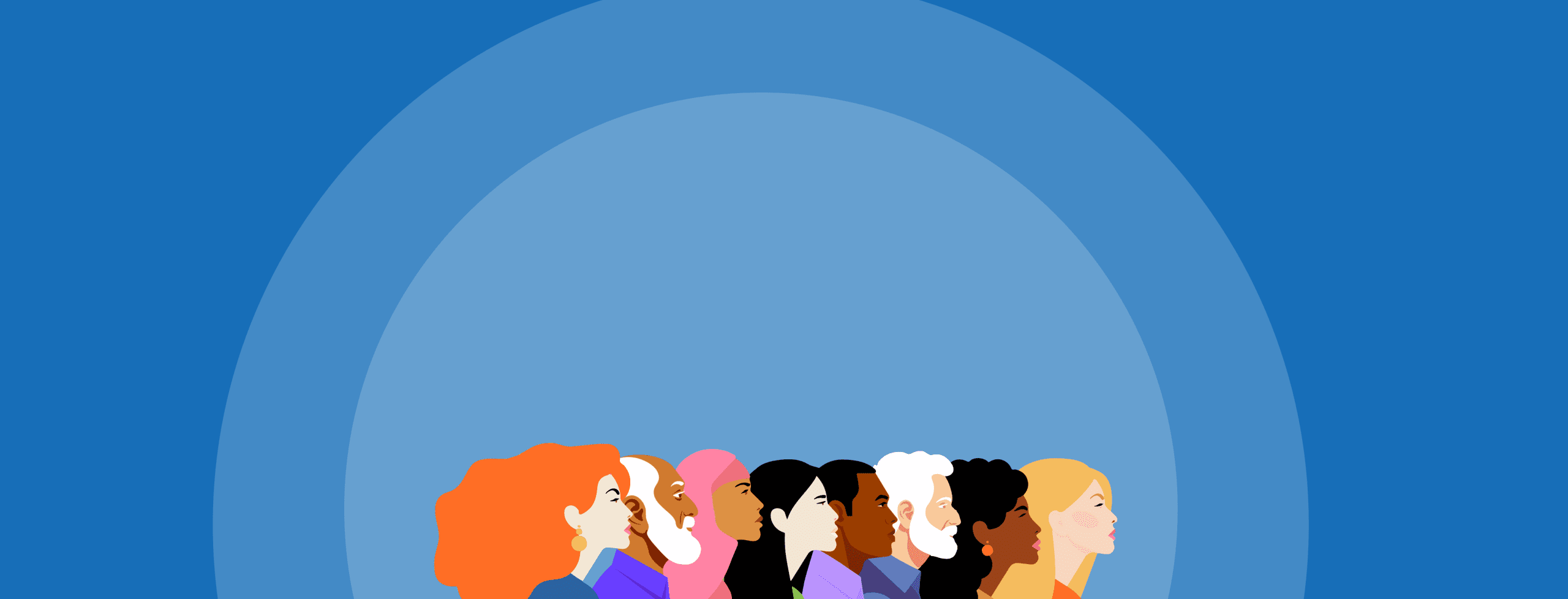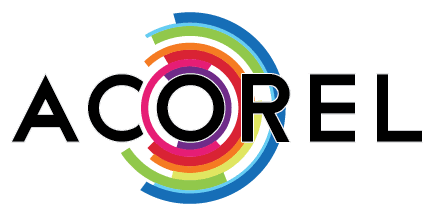
Diversity, Equality and Inclusion Event
Op 8 maart organiseerde Acorel een inspirerend evenement met het thema “Diversity, Equality and Inclusion”. Het onderwerp gaf sommige aanwezigen initieel enige “jeuk”. Deze zelfde mensen waren over het algemeen vooral enthousiast aan het einde van de sessie, een duidelijk signaal dat “awareness” is gecreëerd
De relatie tussen diversiteit en inclusiviteit, uitgelegd als “Diversiteit betekent uitgenodigd worden voor het feest” maar “Inclusiviteit betekent gevraagd worden om te dansen” sluit erg mooi aan bij wat onze aandacht heeft binnen Acorel. Wij hebben gekozen voor Engels als onze formele taal om ervoor te zorgen dat al onze collega’s volledig kunnen deelnemen aan alle activiteiten binnen de organisatie.
Een belangrijk onderdeel van werken bij Acorel is het werken in teams. Leren over onbewuste vooroordelen heeft ons inzicht gegeven in het belang van kritisch te zijn op een representatieve diversiteit binnen een team. Het is gemakkelijk om een team te creëren van mensen waar je een “klik” mee hebt, maar dat betekent tegelijkertijd dat je wellicht nieuwe perspectieven en creatieve ideeën misloopt. Om goed te kunnen inspelen op diverse markten en een diversiteit aan klanten heb je een diversiteit aan ideeën en talent nodig.
Dus, hoe kun je een inclusievere organisatie worden en meer divers talent aantrekken? Het is belangrijk om te luisteren om te begrijpen in plaats van alleen maar te reageren. Eerlijkheid is cruciaal, geen excuses. Tot slot, zorg ervoor dat iedereen een plek heeft aan tafel. Praat niet alleen over diversiteit, maar zorg ervoor dat een divers publiek aan tafel is uitgenodigd.
Taco Schallenberg, CEO bij Acorel, geeft aan: “Zeer verhelderend evenement, dat liet zien dat Diversiteit en Inclusie een onderwerp is dat zeker verbeterd kan worden binnen bijna elke organisatie en natuurlijk ook binnen Acorel. Door een inclusieve omgeving te creëren valt er veel te winnen. Wanneer werknemers zich op hun gemak voelen en zich meer gewaardeerd voelen, zal de manier waarop mensen samenwerken en ook de werknemerservaring zeker verbeteren. En zoals we goed weten, zal met het verbeteren van de werknemerservaring ook de klantervaring verbeteren!”

